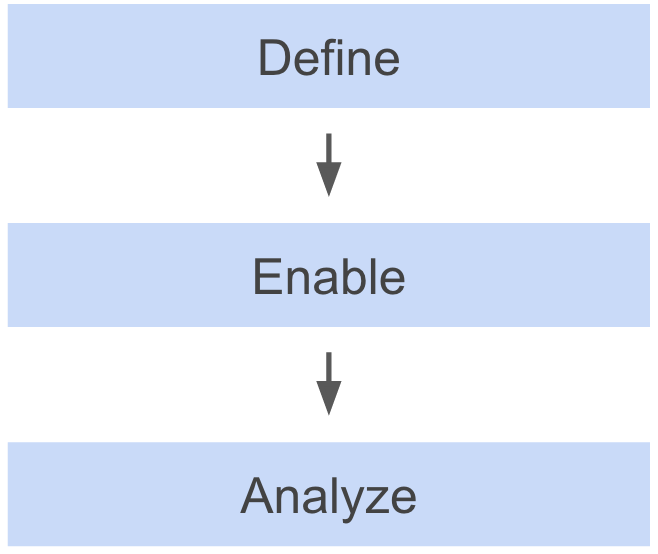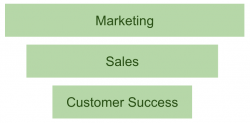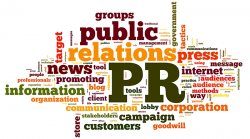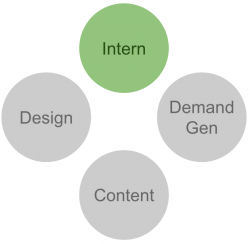This is article #21 out of 50 in The Startup Marketing Playbook.
 For a modern B2B startup, it almost seems taboo to consider advertising in print. After all, digital is more cost-effective, easier to measure and the way of the future. However, print can still be an effective part of a brand building and demand generation strategy. Let’s break down when it is appropriate to consider print:
For a modern B2B startup, it almost seems taboo to consider advertising in print. After all, digital is more cost-effective, easier to measure and the way of the future. However, print can still be an effective part of a brand building and demand generation strategy. Let’s break down when it is appropriate to consider print:
When you need to establish your brand
Brand recognition is this hazy, nebulous “thing” that CFOs often despise because it’s so difficult to measure real ROI. However, there is no doubt that if you are a startup, targets recognizing your brand is going to create more trust and accelerate conversion on content downloads and demo requests. Being seen in widely read industry print publications helps to build that trust and recognition.




